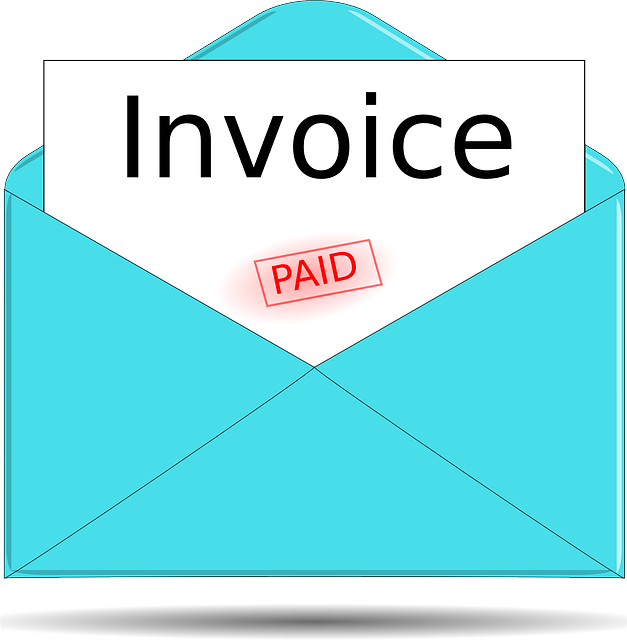Choosing the right factoring solution is a pivotal decision for any business seeking working capital. This comprehensive guide breaks down the complex world of factoring, empowering you to navigate and compare various options effectively. We’ll explore different types, from recourse to non-recourse, dissecting their benefits and drawbacks. By delving into key factors like interest rates, funding speed, application processes, and customer support, you can make an informed choice that aligns with your business’s unique needs, ensuring a strategic and successful financial move. Let’s dive in and compare factoring options for the best fit.
- Understanding Factoring: A Comprehensive Guide
- – What is factoring?
- – Types of factoring: Recourse vs Non-Recourse
- – Benefits and drawbacks explained
Understanding Factoring: A Comprehensive Guide

Factoring is a financial tool that enables businesses to convert accounts receivable into immediate cash flow, providing a steady and predictable source of capital. It’s not a loan or investment; instead, it’s a sale of your invoices to a third-party factor at a discount. This simplifies cash management, especially for small and medium-sized enterprises (SMEs) with uneven sales cycles or those in need of quick funding.
When considering factoring, it’s crucial to compare factoring options based on several factors: fees, discounts, terms, and customer service. Different types of factoring include recourse and non-recourse, each with unique implications for your business. Recourse factoring offers more flexibility but comes with the risk of being personally liable if the debtor fails to pay. Non-recourse factoring shifts this risk to the factor, making it less risky for the business owner but with higher costs. Comparing these options is key to choosing the right factoring solution that aligns with your business’s financial needs and risk tolerance.
– What is factoring?

– Types of factoring: Recourse vs Non-Recourse

When comparing factoring options for your business, understanding the key differences between recourse and non-recourse factoring is essential. Recourse factoring involves the seller taking on the risk if the buyer defaults on payment. In this model, the seller is responsible for repaying the factor (financing company) if the buyer fails to settle the invoice. Conversely, non-recourse factoring shifts this risk entirely to the factor. With non-recourse factoring, if the buyer defaults, the factor bears the loss and cannot pursue the seller for repayment.
This fundamental distinction impacts cash flow management and financial risk. Recourse factoring can be beneficial when the seller has a strong relationship with the buyer and is confident in their ability to repay. Conversely, non-recourse factoring is preferable when there’s uncertainty around the buyer’s solvency, offering more protection for the seller but potentially higher costs. When comparing factoring options, businesses should carefully evaluate their financial situation, buyer relationships, and risk tolerance to make an informed decision.
– Benefits and drawbacks explained

Factoring is a financial tool that offers businesses an efficient way to manage cash flow, especially for those dealing with accounts receivable. It involves selling invoices to a third-party factor at a discount, providing immediate funding. This method can be advantageous for companies seeking quick capital, as it offers faster access to cash compared to traditional banking loans. Factoring also simplifies the collections process, as the factor handles pursuing payments from customers. However, there are drawbacks; factoring fees and rates can vary widely, and long-term costs may accumulate if invoices aren’t settled promptly. Additionally, some businesses might find their creditworthiness affected due to the involvement of an external party. When comparing factoring options, it’s crucial to weigh these benefits and drawbacks against the specific needs of your operation. Different structures exist, from traditional factoring to early payment programs, each with its own set of terms and advantages, catering to various business landscapes.
